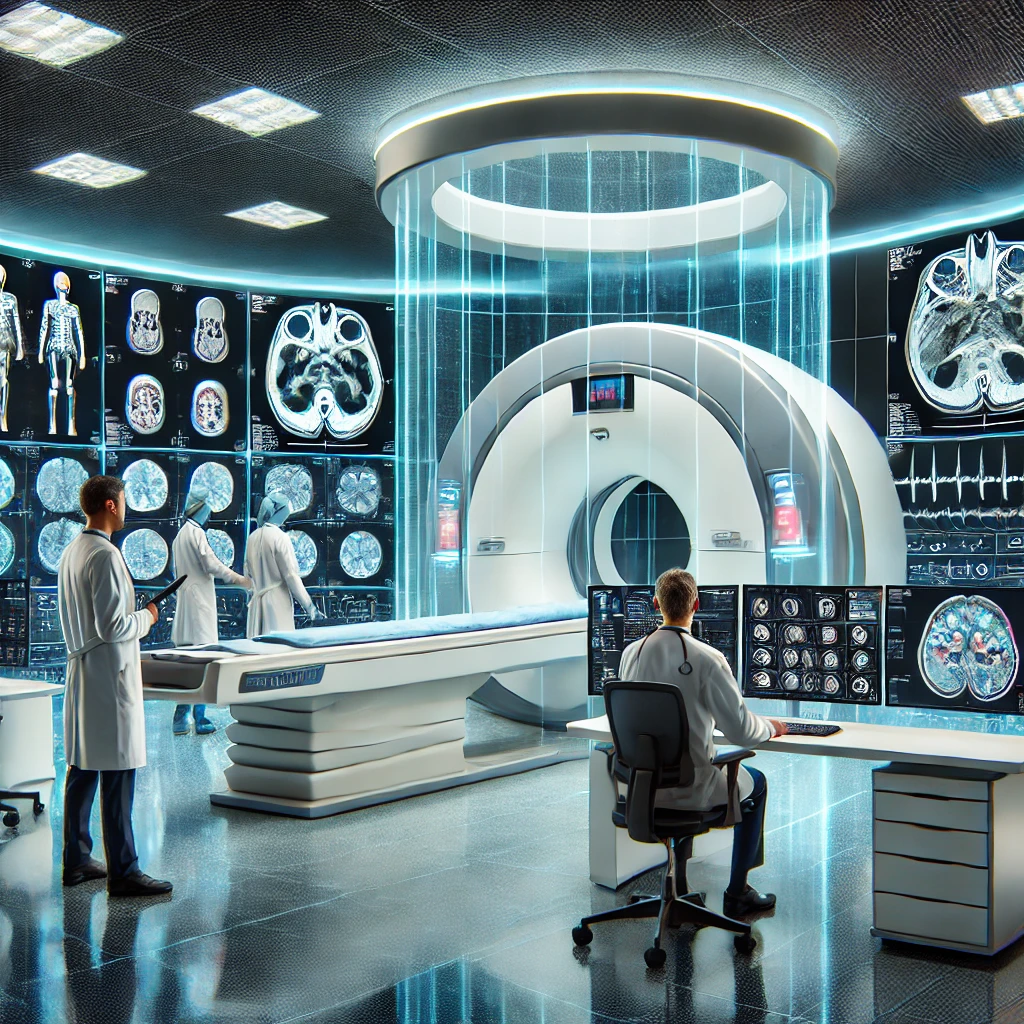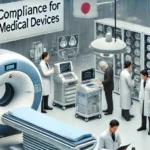

How Refurbished Imaging Equipment is Revolutionizing Diagnostic Accuracy
In the ever-evolving landscape of medical diagnostics, imaging technology plays a crucial role in ensuring accurate and timely patient assessments. However, with the rising costs of medical equipment, healthcare facilities often struggle to upgrade to the latest imaging technologies. This is where refurbished imaging equipment is making a significant impact, revolutionizing diagnostic accuracy while offering cost-effective solutions.
The Growing Demand for Refurbished Imaging Equipment
Healthcare institutions worldwide are recognizing the benefits of refurbished imaging equipment. As hospitals, clinics, and diagnostic centers strive to maintain high-quality patient care, many are opting for professionally restored devices that provide advanced imaging capabilities without the financial strain of purchasing brand-new equipment.
Refurbished imaging equipment, including MRI machines, CT scanners, X-ray systems, and ultrasound devices, undergoes rigorous testing and quality assurance processes to ensure they function like new. This growing demand is driven by factors such as:
- Cost-effectiveness: Refurbished machines can cost 30-50% less than new equipment, making high-quality imaging more accessible.
- Technological advancements: Many refurbished systems are upgraded with the latest software and components, ensuring they meet modern diagnostic standards.
- Environmental sustainability: Reusing medical equipment reduces electronic waste and minimizes the environmental impact of manufacturing new devices.
Enhancing Diagnostic Accuracy with Refurbished Equipment
One of the primary concerns in the medical field is ensuring that diagnostic imaging remains accurate and reliable. Contrary to misconceptions, refurbished imaging equipment does not compromise diagnostic precision. Here’s how these systems are improving diagnostic accuracy:
1. Rigorous Refurbishment Process
Refurbished imaging equipment undergoes a meticulous refurbishment process that includes disassembly, replacement of worn-out components, recalibration, and software updates. Leading refurbishing companies follow stringent quality assurance protocols, often exceeding industry standards. This ensures that the machines deliver high-resolution imaging for precise diagnosis.
2. Advanced Software Integration
Many refurbished systems are upgraded with the latest imaging software, enhancing their ability to detect abnormalities with greater accuracy. Artificial intelligence (AI)-driven diagnostic tools are now being incorporated into refurbished machines, allowing for enhanced image analysis and more precise identification of conditions such as tumors, fractures, and vascular diseases.
3. Improved Image Resolution and Clarity
Older imaging machines often suffer from declining image quality over time. Through the refurbishment process, imaging systems are restored to their original performance levels or better. High-resolution imaging contributes to early disease detection, improving patient outcomes and reducing the likelihood of misdiagnosis.
4. Cost-Effective Access to High-End Technology
Many healthcare facilities in developing regions struggle to afford brand-new imaging equipment. Refurbished machines bridge this gap by providing cost-effective access to high-quality diagnostic tools. This ensures that more patients receive accurate diagnoses and timely medical interventions, ultimately improving global healthcare standards.
Real-World Impact on Healthcare Facilities
Several hospitals and diagnostic centers have successfully integrated refurbished imaging equipment into their operations, resulting in significant benefits:
- Small and mid-sized clinics can expand their diagnostic capabilities without stretching their budgets.
- Rural healthcare centers gain access to advanced imaging technologies, reducing the need for patients to travel long distances for diagnostic tests.
- Specialized medical practices can invest in multiple imaging modalities, improving their ability to diagnose complex conditions.
For example, a community hospital in Texas recently upgraded its radiology department with refurbished MRI and CT scanners. The investment allowed the facility to enhance diagnostic accuracy while reallocating funds to other critical areas, such as patient care and medical research.
Overcoming Misconceptions About Refurbished Equipment
Despite the proven benefits, some healthcare providers hesitate to invest in refurbished imaging equipment due to common misconceptions:
- Perceived lower quality: Modern refurbishment processes ensure that these systems function as efficiently as new ones.
- Limited lifespan: Many refurbished machines come with warranties and service agreements, ensuring longevity and reliability.
- Lack of manufacturer support: Certified refurbishing companies provide technical support and maintenance services, similar to new equipment providers.
The Future of Refurbished Imaging Equipment
As medical technology continues to advance, the refurbishment industry is also evolving. Future trends indicate an increase in AI integration, cloud-based imaging storage, and enhanced interoperability between refurbished systems and existing hospital networks.
Additionally, regulatory bodies such as the FDA and ISO are establishing stricter guidelines for refurbished medical equipment, further boosting confidence in its reliability and safety.
Conclusion
Refurbished imaging equipment is playing a pivotal role in transforming healthcare by making high-quality diagnostics more accessible and cost-effective. Through rigorous quality assurance, advanced software integration, and enhanced imaging capabilities, these systems are revolutionizing diagnostic accuracy without compromising patient care. As the healthcare industry continues to embrace sustainable and budget-friendly solutions, refurbished imaging equipment will remain a key driver in the future of medical diagnostics.
Add a comment Cancel reply
Comments (0)
Related posts


Regulatory Compliance for Refurbished Medical Devices

New vs. Refurbished Medical Devices: Making the Decision

Refurbished Surgical Instruments from Japan: Precision, Quality, and Value
Japan Address
COMFYS JAPAN LLC, R Cube Aoyama 3rd Floor, 1-3-1 Kita-Aoyama, Minato-ku, Tokyo 107-0061,Japan
Africa Address
Comfys International Limited KP Offices, Suite 26 Milimani, Nairobi, KENYA




